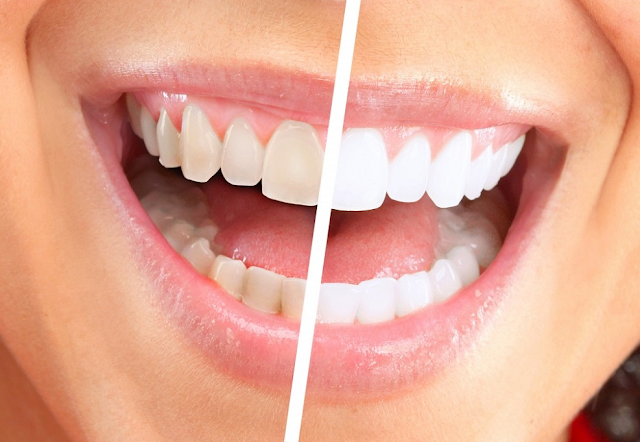Are you someone who buys toothpaste in bulk, or do you always have a few tubes lying around the house?
If so, then this post is for you! It’s important to know how long your toothpaste lasts and when it’s time to toss it out.
In this guide, we’ll walk you through all the factors that determine the lifespan of your toothpaste and provide tips on how to keep your teeth clean and healthy.
So sit tight and get ready to learn everything there is about keeping those pearly whites shining bright!
Electric Sonic Toothbrush
Are you tired of using a manual toothbrush that just doesn’t seem to do the job?
If so, it may be time to switch to an Elektrische Schallzahnbürste (electric sonic toothbrush).
These powerful tools have been gaining popularity in recent years, and for good reason – they’re incredibly effective at removing plaque and improving oral health.
How To Rinse Your Mouth After Using Toothpaste
If you have just finished using toothpaste, the next step is to rinse your mouth.
Toothpaste contains abrasives that remove plaque and bacteria from teeth. To clean your mouth properly, use warm water and a toothbrush to scrub all of the toothpaste off of your teeth and gums.
Rinse your mouth with cool water several times to remove any remaining toothpaste and debris. Spit out the water and dry your mouth with a soft cloth or paper towel.
How Long Does Toothpaste Last?
Toothpaste can last anywhere from 6 months to 2 years, depending on the brand and how often it is used. Generally speaking, toothpaste will last the longest when it’s stored in a cool, dry place.
How To Floss Your Teeth
kann zahnpasta ablaufen (can toothpaste expire) Toothpaste generally lasts about three months, but can last up to six months in colder climates.
If the toothpaste starts to turn color or has a strange odor, it is time to replace it. Toothpaste should be replaced every three months if used twice a day and every six months if used only once a day.
The Advantages Of Using A Water Flosser Over Traditional Methods Of Flossing
Traditional flossing methods involve using a thin piece of string or ribbon to clean between teeth.
However, water flossers are now available that use jets of water to clean between teeth.
One reason that water flossers are more effective than traditional floss is that they reach into tight spaces between teeth and around dental implants and other dental hardware.
Traditional floss can also become tangled in these hard-to-reach areas.
Water flossers also produce less friction than traditional floss, which means they cause less wear and tear on teeth and gums.
In addition, many people find the vibrations of a Munddusche (water flosser) more pleasurable than those produced by traditional flossing methods.
Conclusion
If you’re like most people, you probably floss on a regular basis. But if you’re looking to ditch traditional methods and try a water flosser, now might be the time! A water flosser is a great way to clean your teeth and gums without hurting them.






